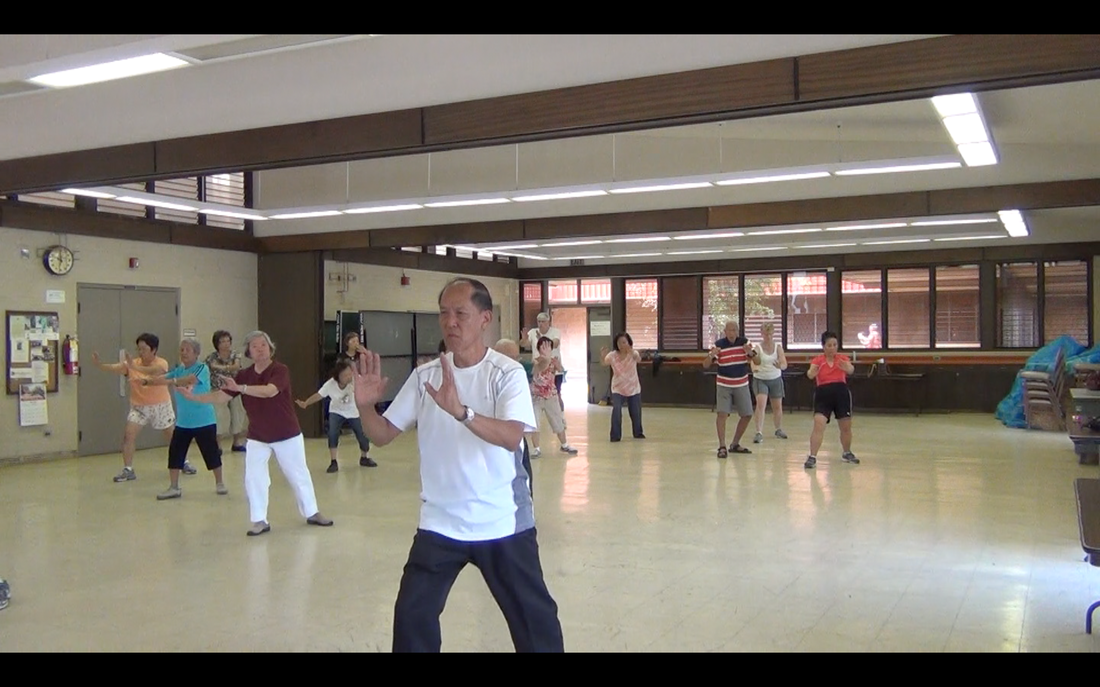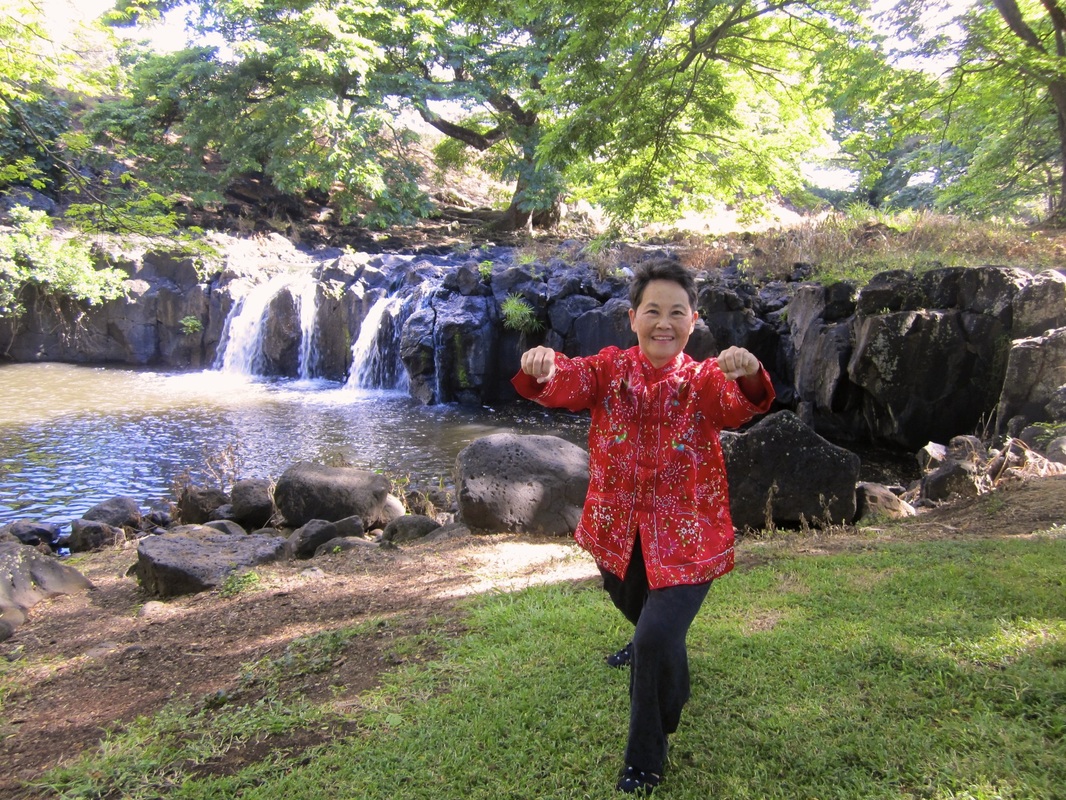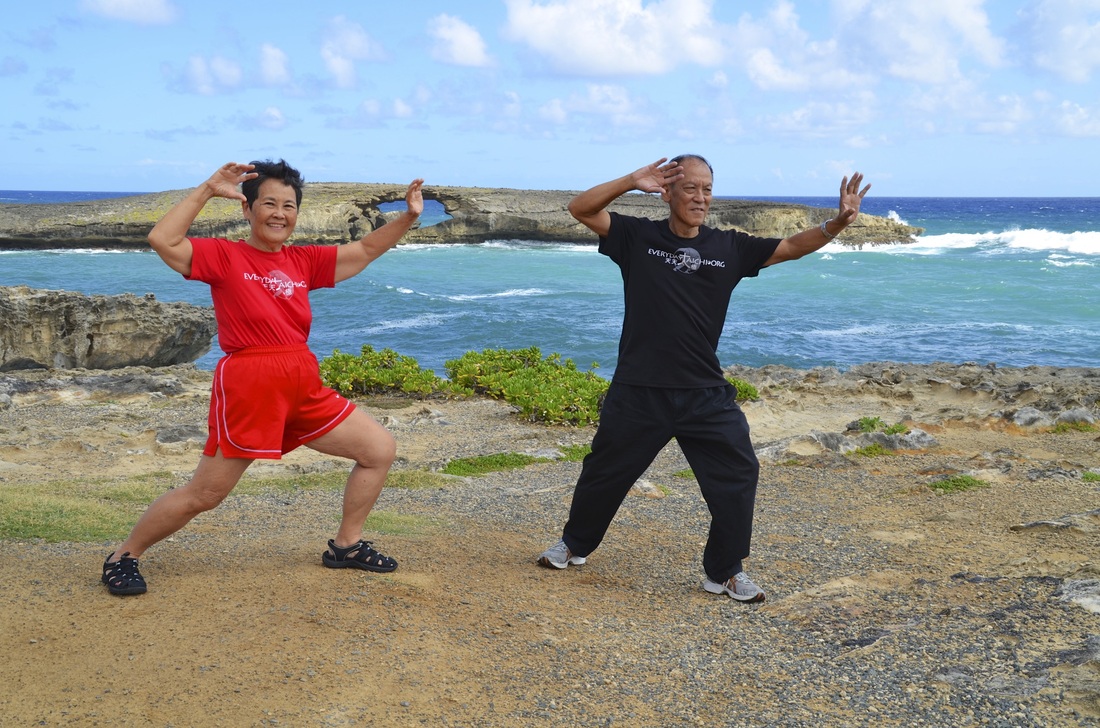Posted: 04/30/2014 8:23 am EDT Updated: 04/30/2014 8:59 am EDT Print ArticleMEDITATION
MORE: Mindful Habits Mindfulness Becoming Mindful Mindfulness Research The Third Metric Meditation Mindfulness Meditation Mindful People Mindfulness Benefits
It may have started as a trend among Silicon Valley tech companies, but mindfulness seems to be here to stay for all of us.
2014 has been called the "year of mindful living," and in the past several months, mindfulness has made headlines in seemingly every major print publication and news site. No longer an activity reserved for the new age set, the public is looking to mindfulness as an antidote to stress and burnout, technology addiction and digital distractions, and a sense of time famine and constant busyness.
More and more research is legitimizing the practice, demonstrating that it may be an extremely effective intervention for a wide range of physical and mental health problems.
But beyond the buzz, what does it really mean to be a mindful person -- and what do they do differently every day to live more mindfully? Mindfulness, the practice of cultivating a focused awareness on the present moment, is both a daily habit and a lifelong process. It's most commonly practiced and cultivated through meditation, although being mindful does not necessarily require a meditation practice.
"It's the awareness that arises through paying attention, on purpose, in the present moment and non-judgmentally," explained Jon Kabat-Zinn, founder of the Mindfulness-Based Stress Reduction (MBSR) technique, in a video interview. "That sounds pretty simple... but actually when we start paying attention to how much we pay attention, half of the time our minds are all over the place and we have a very hard time sustaining attention."
Here are 13 things mindful people actually do every day to stay calm, centered and attentive to the present moment.
They take walks.
woman walking in park
"In our culture of overwork, burnout, and exhaustion, in which we're connected and distracted 24/7 from most things that are truly important in our lives, how do we tap into our creativity, our wisdom, our capacity for wonder, our well-being and our ability to connect with what we really value?" Arianna Huffington asked in a 2013 HuffPost blog post.
Her answer: Solvitur ambulando, which is Greek for "it is solved by walking." Mindful people know that simply going for a walk can be excellent way to calm the mind, gain new perspective and facilitate greater awareness.
Walking through green spaces may actually put the brain into a meditative state, according to a 2013 UK study. The act of walking in a peaceful outdoor landscape was found to trigger "involuntary attention," meaning that it holds attention while also allowing for reflection.
They turn daily tasks into mindful moments.
Mindfulness isn't just something you practice during a 10-minute morning meditation session. It can be incorporated throughout your everyday life by simply paying a little more attention to your daily activities as you're performing them.
As the meditation app Headspace puts it:
"Mindfulness starts to get really interesting when we can start to integrate it into everyday life. Remember, mindfulness means to be present, in the moment. And if you can do it sitting on a chair, then why not while out shopping, drinking a cup of tea, eating your food, holding the baby, working at the computer or having a chat with a friend? All of these are opportunities to apply mindfulness, to be aware."
They create.
artist painting
Mindfulness and creativity go hand-in-hand: Mindfulness practice boosts creative thinking, while engaging, challenging creative work can get you into a flow state of heightened awareness and consciousness.
Many great artists, thinkers, writers and other creative workers -- from David Lynch to Mario Batali to Sandra Oh -- have said that meditation helps them to access their most creative state of mind. In Catching The Big Fish: Meditation, Consciousness and Creativity, Lynch compares ideas to fish: "If you want to catch a little fish, you can stay in the shallow water. But if you want to catch the big fish, you've got to go deeper."
If you want to become more mindful but are struggling with a silent meditation practice, try engaging in your favorite creative practice, whether it's baking, doodling, or singing in the shower, and see how your thoughts quiet down as you get into a state of flow.
They pay attention to their breathing.
Our breath is a barometer for our overall physical and mental state -- and it's also the foundation of mindfulness. As mindful people know, calming the breath is the key to calming the mind.
Meditation master Thich Nhat Hahn describes the most foundational and most effective mindfulness practice, mindful breathing, in Shambhala Sun:
"So the object of your mindfulness is your breath, and you just focus your attention on it. Breathing in, this is my in-breath. Breathing out, this is my out-breath. When you do that, the mental discourse will stop. You don’t think anymore. You don’t have to make an effort to stop your thinking; you bring your attention to your in-breath and the mental discourse just stops. That is the miracle of the practice. You don’t think of the past anymore. You don’t think of the future. You don’t think of your projects, because you are focusing your attention, your mindfulness, on your breath."
They unitask.
women at work
Multitasking is the enemy of focus -- many of us spend our days in a state of divided attention and near-constant multitasking, and it keeps us from truly living in the present. Studies have found that when people are interrupted and dividing their attention, it takes them 50 percent longer to accomplish a task and they're 50 percent more likely to make errors.
"Rather than divide our attention, it is far more effective to take frequent breaks between intervals of sustained, one-pointed attention," Real Happiness at Work author Sharon Salzberg writes in a Huffington Post blog. "Debunking the myth of multitasking, we become much better at what we do and increase the chance of being able to remember the details of work we have done in the past."
The mindful way, Salzberg suggests, is to focus on one task completely for a given period of time, and then take a break before continuing or moving on to another task.
They know when NOT to check their phones.
Mindful people have a healthy relationship with their mobile devices -- they set (and keep) specific parameters for usage. This might mean making a point never to start or end the day checking email (and maybe even keeping their smartphones in a separate room while they're sleeping), or choosing to unplug on Saturdays or every time they go on vacation.
But most importantly, they stow their phones away while spending time with their loved ones. One unfortunate byproduct of tech addition and too much screen time is that it keeps us from truly connecting with others -- as HopeLab CEO Pat Christen described her own aha moment, "I realized several years ago that I had stopped looking in my children's eyes. And it was shocking to me."
Those who mindfully interact with others look up from their screens and into the eyes of whomever they're interacting with, and in doing so, develop and maintain stronger connections in all their relationships.
They seek out new experiences.
Openness to experience is a byproduct of living mindfully, as those who prioritize presence and peace of mind tend to enjoy taking in and savoring moments of wonder and simple joy. New experiences, in turn, can help us to become more mindful.
"[Adventure] can naturally teach us to be here now. Really, really here," adventurer Renee Sharp writes in Mindful Magazine. "To awaken to our senses. To embrace both our pleasant and our difficult emotions. To step into the unknown. To find the balance between holding on and letting go. And learn how to smile even when the currents of fear are churning within."
They get outside.
national park yosemite
Spending time in nature is one of the most powerful ways of giving yourself a mental reboot and reinstating a sense of ease and wonder. Research has found that being outdoors can relieve stress, while also improving energy levels, memory and attention.
“We need the tonic of wildness," Thoreau wrote in Walden. "At the same time that we are earnest to explore and learn all things, we require that all things be mysterious and unexplorable, that land and sea be indefinitely wild, unsurveyed and unfathomed by us because unfathomable. We can never have enough of nature.”
They feel what they're feeling.
Mindfulness isn't about being happy all the time. It's about acceptance of the moment we're in and feeling whatever we feel without trying to resist or control it.
Excessive preoccupation with happiness can actually be counterproductive, leading to an unhealthy attitude towards negative emotions and experiences. Mindful people don't try to avoid negative emotions or always look on the bright side -- rather, accepting both positive and negative emotions and letting different feelings coexist is a key component of remaining even-keeled and coping with life's challenges in a mindful way.
Meditation, the quintessential mindfulness practice, has been shown to be a highly effective intervention for managing emotional challenges including anxiety, depression and stress. A 2013 study also found that people with mindful personalities enjoy greater emotional stability and improved sleep quality.
As Mother Teresa put it, “Be happy in the moment, that’s enough. Each moment is all we need, not more.”
They meditate.
meditation
You can be mindful without meditating, but all the research and experts tell us that meditation is the most sure-fire way to become more mindful. A regular practice can help to reduce stress, improve cognitive function, and boost well-being. Research has found that mindfulness meditation can even alter gene expression, lowering the body's inflammatory response.
Aside from the wealth of research on the physical and mental health benefits of meditation, the testimonies of countless meditators attests to the fact that a consistent practice can help you stay awake and present to your own life.
“It’s almost like a reboot for your brain and your soul,” Padmasree Warrior, CTO of Cisco, told the New York Times in 2012 of making the time to meditate and unplug. “It makes me so much calmer when I’m responding to e-mails later.”
They're conscious of what they put in their bodies -- and their minds.
So often, we shovel food into our mouths without paying any attention to what we're eating and whether we feel full. Mindful people make a practice of listening to their bodies -- and they consciously nourish themselves with healthy foods, prepared and eaten with care. But mindful eating is all about taking your time, paying attention to the tastes and sensations, focus fully on the act of eating and eating-related decisions.
Mindful people also pay attention to their media diets, are equally careful not to feed their minds with "junk food" like excess television, social media, mindless gaming and other psychological empty calories. (Too much time on the Internet has been linked with fewer hours of sleep per night and an increased risk of depression.
They remember not to take themselves so seriously.
laughter
As Arianna Huffington writes in Thrive, "Angels fly because they take themselves lightly." A critical factor in cultivating a mindful personality is refusing to get wrapped up and carried away by the constant tug of the emotions. If you can remember to laugh and keep an even keep through the ups and downs, then you've come a long way already in mastering the art of mindfulness.
Much of our distraction is internal -- we ruminate, worry and dwell on our problems. But those who are able to maintain a sense of humor about their own troubles are able to better cope with them. Research from the University of California Berkeley and University of Zurich found that the ability to laugh at oneself is associated with elevated mood, cheerful personality, and a sense of humor.
Laughing also brings us into the present moment in a mindful way. Joyful laughter and meditation even look similar in the brain, according to a new study from Loma Linda University.
They let their minds wander.
daydreaming
While mindfulness is all about focusing on the present moment, mind-wandering also serves an important psychological function, and conscientious people are able to find the happy medium between these two ways of thinking. It’s smart to question whether we should always be living in the moment. The latest research on imagination and creativity shows that if we're always in the moment, we're going to miss out on important connections between our own inner mind-wandering thoughts and the outside world.
Engaging in imaginative thinking and fantasizing may even make us more mindful. Research has found that those whose daydreams are most positive and most specific also score high in mindfulness.
Click here for complete article.







